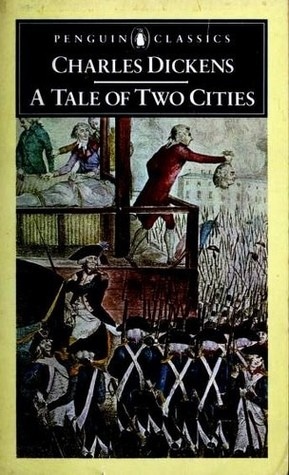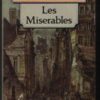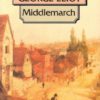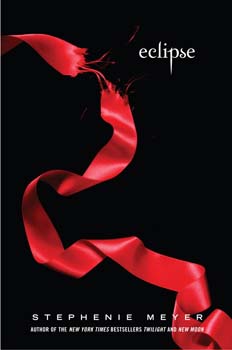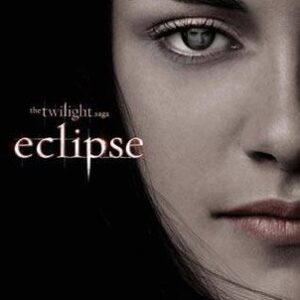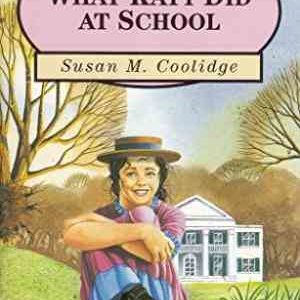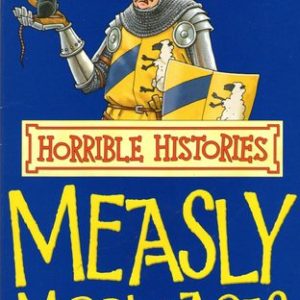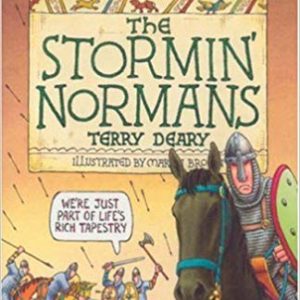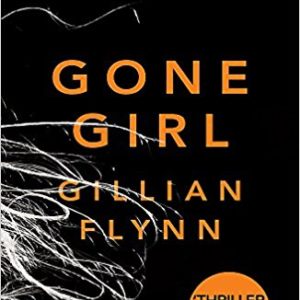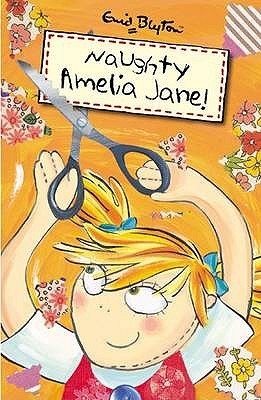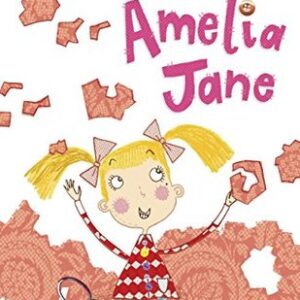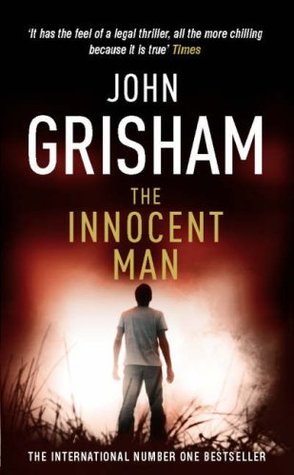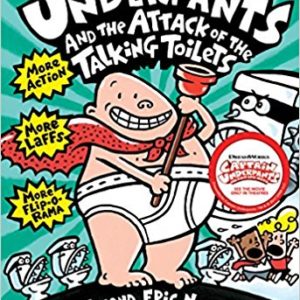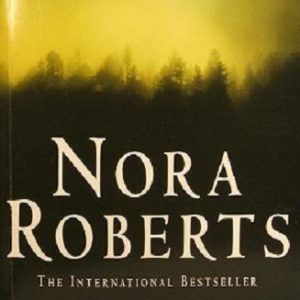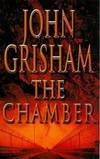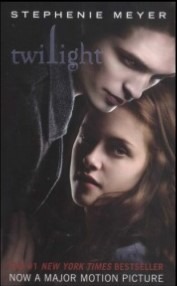A Tale of Two Cities (English, Paperback, Charles Dickens)
Rs.399.00 Rs.169.00
Author: Charles Dickens, ISBN: 9780140430547, Condition: Old
Out of stock
This stirring tale of resurrection, renunciation and revolution is one of Dickens’s best and most popular novels.
Superficially it appears the least Dickensian of all his novels. However, George Woodcock points out that, written at a point of crisis in Dickens’s life, it was closely linked with past and present matters of deep personal importance to him. As such, this novel becomes the embodiment of Dickens’s own passions, fears and forebodings: the revolution which engulfs the characters symbolizes his own psychological revolution, both as man and artist. The three main characters, Charles Darneay, Sydney Carton, and Lucie Manette, become projections of Dickens himself. And the title, which contains the whole sweep of the author’s vision, suggests the basic dichotomy on which the novel rests: the choice between changing society and changing oneself; the gulf between revolutionary ideals and methods; and the duality in the human heart externalized by the Darnay-Carton relationship.
Reviews
There are no reviews yet.
Only logged in customers who have purchased this product may leave a review.
Related products
299 and Above
Almost New Books
Drama and Historic
Drama and Historic
Most Liked Books by the BookWorms
Almost New Books
Almost New Books
Almost New Books

